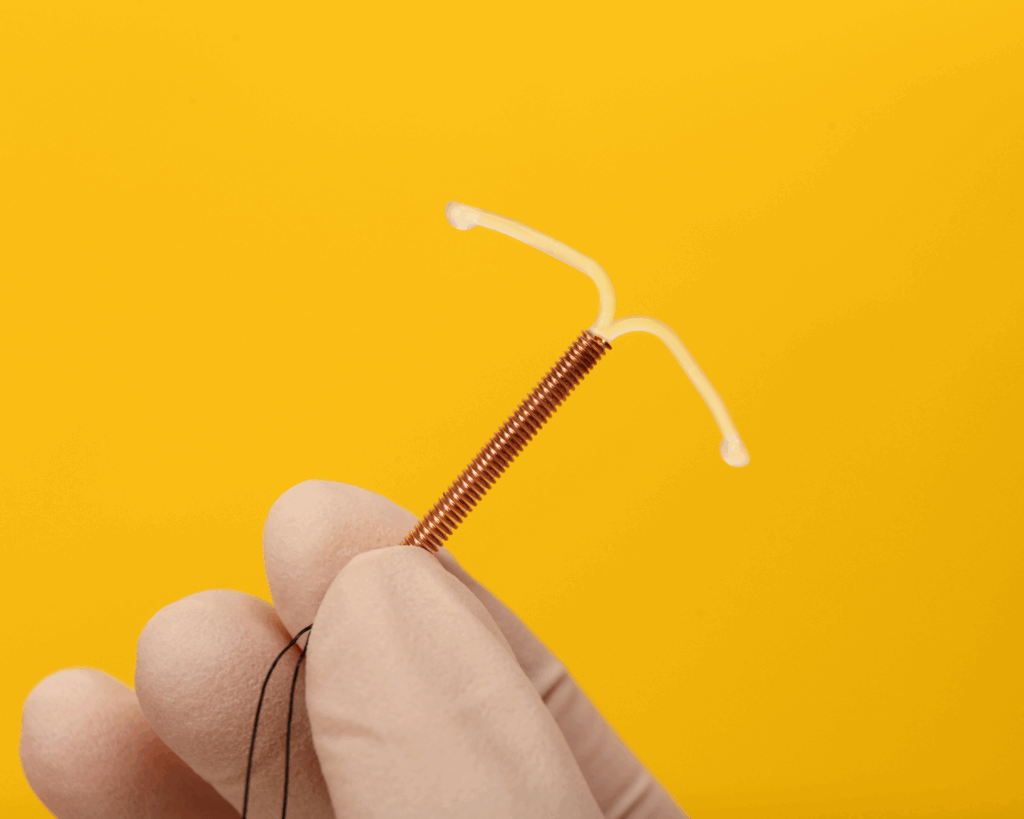Declining Abortion Rates in a Sexual Revolution
Abortion rates in the United States are falling. One explanation can be that high schoolers are having less sex than their predecessors did 40 years ago.

Read Time: 2 minutes
Published:
Abortion rates in the United States have been falling. The Centers for Disease Control and Prevention (CDC) estimate that, between 2006 and 2015, the abortion rate dropped from 15.9 to 11.8 per 1,000 women, a 26% decrease.
Interpretations of this data will vary depending on who you ask.
Opponents of abortion rights attribute these decreases to the 1,193 abortion restrictions enacted at the state level since Roe v. Wade in 1973. Pro-choice groups say the ongoing decline reflects two trends. First, state laws have restricted abortion access for many women, accounting for at least some of the decreased rates. But also, access and use of contraception has improved, reducing the need for abortions.
But, could there be another explanation?
Last April, Michael Stein and Sandro Galea wrote in The Public’s Health about a ‘new’ sexual revolution. Recent data tells us that high schoolers are having less sex than their predecessors did 40 years ago and nearly a quarter of those 18 to 29 years old reported not having sex in 2018. Simply put, less sex means fewer pregnancies.
The CDC’s data may lend support to the sexual revolution theory. Teenagers aged 15-19, 20-24, and 25-29 saw three of the largest decreases in abortion rates between 2006 and 2015. Amongst 15-to-19-year-olds, the abortion rate fell 54%.
Databyte via David Gaitsgory @dgaitsgo. Source for graphic via Tara C. Jatlaoui, Maegan E. Boutot, Michele G. Mandel, Maura K. Whiteman, Angeline Ti, Emily Petersen, and Karen Pazol, Abortion Surveillance — United States, 2015. Centers for Disease Control and Prevention.



